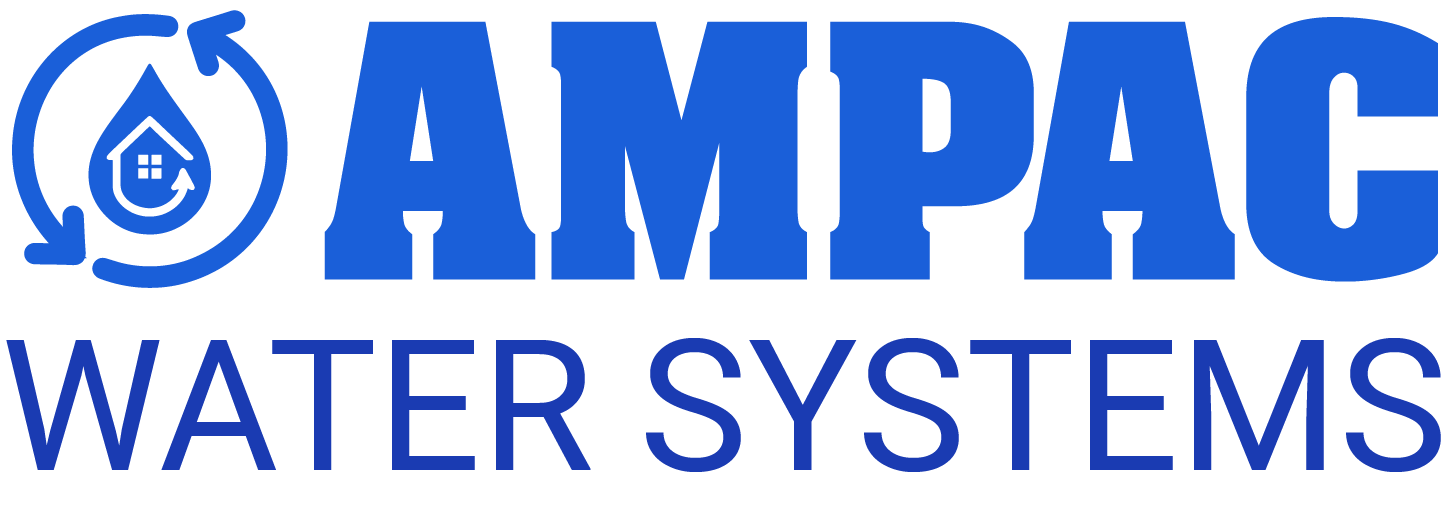Introduction
Clean, safe water is essential for health and productivity. While traditional disinfection methods such as chlorine have long been used, they come with drawbacks like taste alteration and harmful by-products. A UV water treatment system offers a modern, chemical-free solution to eliminate harmful microorganisms effectively. By using ultraviolet (UV-C) light, these systems deliver pure, great-tasting water without altering its chemistry.
How Does a UV Water Treatment System Work?
A UV water treatment system channels water through a chamber that houses a UV-C lamp. The light penetrates microbial cell walls and disrupts their DNA, preventing them from reproducing. As a result, pathogens such as bacteria, viruses, and protozoa are rendered harmless in just seconds.
This process is:
- Fast – Disinfection happens instantly as water flows through the chamber.
- Chemical-Free – No chemicals are added, so water tastes fresh and natural.
- Reliable – Works consistently against a wide range of microorganisms.
Benefits of UV Disinfection
- No Chemicals or By-Products – UV doesn’t use chlorine or other additives, ensuring no chemical residues.
- Safe & Eco-Friendly – No harmful by-products are produced, making it safer for health and the environment.
- Low Maintenance – The system requires only occasional lamp and sleeve replacement.
- Energy Efficient – Modern UV lamps consume minimal energy while providing maximum disinfection power.
- Versatile Applications – Suitable for residential, commercial, and industrial water systems.
Where UV Fits in a Water Treatment System
UV treatment is most effective when placed after primary filtration. Sediment filters, carbon filters, or reverse osmosis systems remove impurities and turbidity, ensuring the UV light can fully penetrate the water. This makes UV the “final polish” in a multi-stage purification system, ensuring the highest level of water safety.
Maintenance Tips for UV Systems
- Replace UV Lamps Annually – Even if the lamp still glows, its UV intensity decreases over time.
- Clean Quartz Sleeves – Ensure maximum UV penetration by regularly cleaning or replacing the protective sleeve.
- Check Flow Rates – Maintain recommended water flow to ensure effective disinfection.
- Install with Pre-Filters – Always use sediment or carbon filters to improve UV performance.
Applications of UV Water Treatment Systems
- Homes & Apartments – For safe drinking water free from bacteria and viruses.
- Restaurants & Cafeterias – To ensure hygienic water for food preparation and service.
- Schools & Offices – Provide staff and students with safe, chemical-free water.
- Industrial Facilities – Reliable disinfection for food processing, pharmaceuticals, and laboratories.
- Emergency & Mobile Systems – Essential for disaster relief or remote locations where water safety is uncertain.
Products Related to UV Water Treatment Systems
To keep UV disinfection systems running efficiently, the following products are essential:
Replacement UV Lamps
- UV Lamp for LB5-151B
- UV Lamp for S-5Q-PA
- UV Lamp for SPV-2.5 / SP150-HO
- UV Lamp – LPLO 843 mm
- UV Lamp for S2Q UV Units
Replacement Quartz UV Sleeves
- Quartz Sleeve for LB5-151B
- Quartz Sleeve for UV Model VH200
- Quartz Sleeve for S2Q-PA
- Quartz Sleeve for VH150
- Quartz Sleeve for S-5Q-PA
Replacement UV Controllers
- UV Controller for LB5-151B
Conclusion
A UV water treatment system is one of the most reliable and eco-friendly ways to disinfect water without chemicals. Whether for residential use, commercial kitchens, or industrial operations, UV ensures safe, pure water at every stage. With dependable replacement lamps, quartz sleeves, and controllers, maintaining peak performance is simple and cost-effective.
By combining UV treatment with proven pre-filtration methods, you can achieve the highest standard of water safety and quality for years to come.


